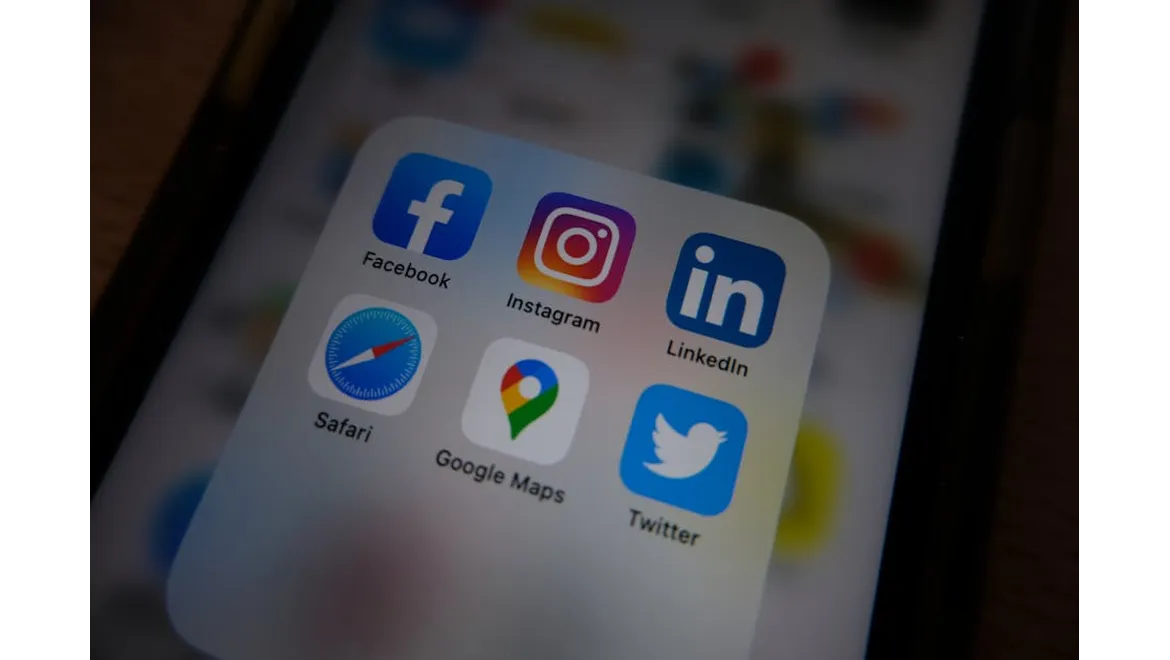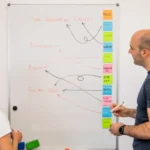Right, let’s dive into this LinkedIn thing. I was chatting with Noah the other day – proper marketing whizz, that one – about innovative ways to generate new business on LinkedIn, and our conversation kept circling back to LinkedIn Learning and this whole skill-based marketing idea. It’s not just about posting fluffy content anymore, is it? You’ve got to offer genuine value.
He was telling me how companies can really establish themselves as thought leaders by creating high-quality LinkedIn Learning content. Not just the usual ‘look at us’ stuff, but actual courses or micro-learning modules that address specific skills gaps. Think about it: if you’re a cybersecurity firm, instead of just saying you’re the best, you could create a course on ‘Identifying and Mitigating Phishing Attacks’ or ‘Implementing Multi-Factor Authentication’. Suddenly, you’re not just talking the talk; you’re walking the walk, showing potential clients exactly what you know.
Spotting The Gap: Understanding Your Target Audience
Before you even think about creating a course, you need to really understand your target audience. What are they struggling with? What skills do they need to advance their careers or improve their business? Noah stressed the importance of market research. Use LinkedIn’s analytics, conduct surveys, and even just have conversations with people in your target audience. Ask them directly what they need! It’s about pinpointing those skills gaps that are causing pain and then offering a solution. Don’t just assume you know what they need.
Creating High-Value, Skill-Focused Content
Okay, so you’ve identified the need. Now comes the creation part. This isn’t about slapping together a quick presentation. It needs to be engaging, informative, and practical. Think about micro-learning. Short, focused modules are often more effective than long, drawn-out courses. Each module should focus on a specific skill or concept, and it should include actionable steps that viewers can implement immediately.
Noah suggested focusing on real-world examples and case studies. People learn best by seeing how things work in practice. Include downloadable resources, templates, or checklists that viewers can use to apply what they’ve learned. The goal is to provide tangible value that helps them improve their skills and solve their problems. This all helps with lead generation and can be incorporated into your sales process to qualify prospects.
Promoting Your Learning Content and Building Credibility
Creating a great course is only half the battle. You need to get it in front of the right people. LinkedIn offers various promotional options, but Noah emphasized the importance of organic reach. Encourage your employees to share the content with their networks. Engage with comments and questions to build a community around your course.
It’s also crucial to use relevant keywords in your course title and description to improve its visibility in search results. Think about SEO, even on LinkedIn! And don’t forget to promote your course on other platforms, such as your website and email newsletter.
Benefits Beyond the Course: Thought Leadership and Brand Awareness
The benefits extend far beyond just generating leads. Creating high-quality LinkedIn Learning content establishes your company as a thought leader in your industry. When people see you as a valuable resource, they’re more likely to trust you and do business with you. It builds brand awareness and credibility, which can lead to increased sales and customer loyalty. Noah mentioned one company he worked with who saw a 30% increase in inbound leads after launching a series of LinkedIn Learning courses. Pretty impressive, eh?
Engagement is Key: Connecting With Your Audience
It’s not a broadcast; it’s a conversation. One of the biggest mistakes people make on LinkedIn is treating it like a one-way street. Noah really hammered home the importance of engagement. Respond to comments, answer questions, and participate in relevant discussions. Show people that you’re genuinely interested in helping them. Share your courses on Linkedin Groups that you are a part of.
Understanding the interests of your target audience is also crucial. Don’t just blindly promote your course to everyone. Target your efforts to those who are most likely to benefit from it. Use LinkedIn’s targeting options to reach specific demographics, job titles, and industries.
Skill-Based Marketing in Action: Example Time
Let’s say you’re a marketing agency specializing in social media. Instead of just talking about how great you are at social media marketing, create a LinkedIn Learning course on ‘Mastering Instagram Reels for Business’. This course could cover topics such as: brainstorming reel ideas, filming and editing tips, using music and sound effects, and analysing reel performance.
Offer this course for free or at a discounted price to attract prospects. Include a call to action at the end of the course, inviting viewers to schedule a consultation with your agency. This way, you’re not just generating leads; you’re generating qualified leads who are already interested in your services.
Ultimately, the key takeaway from my chat with Noah was that LinkedIn Learning offers a fantastic opportunity to showcase your expertise, build credibility, and generate new business. But it requires a strategic approach. You need to understand your target audience, create high-value content, promote it effectively, and engage with your audience in a meaningful way. By focusing on skill-based marketing and providing genuine value, you can transform LinkedIn from a networking platform into a powerful lead generation tool.










